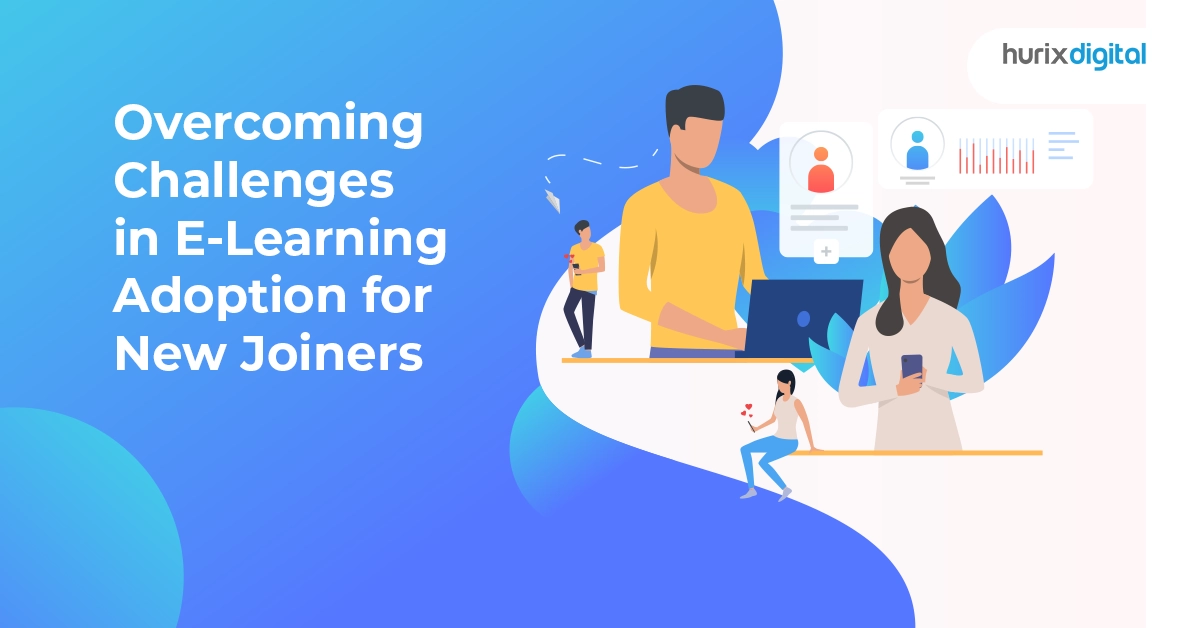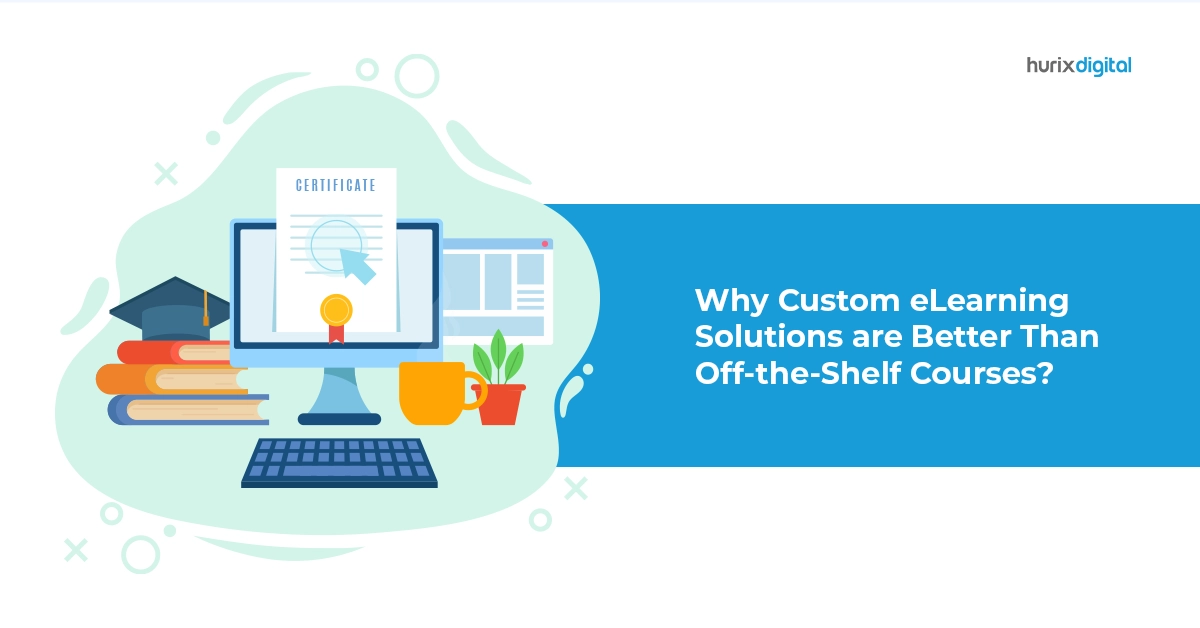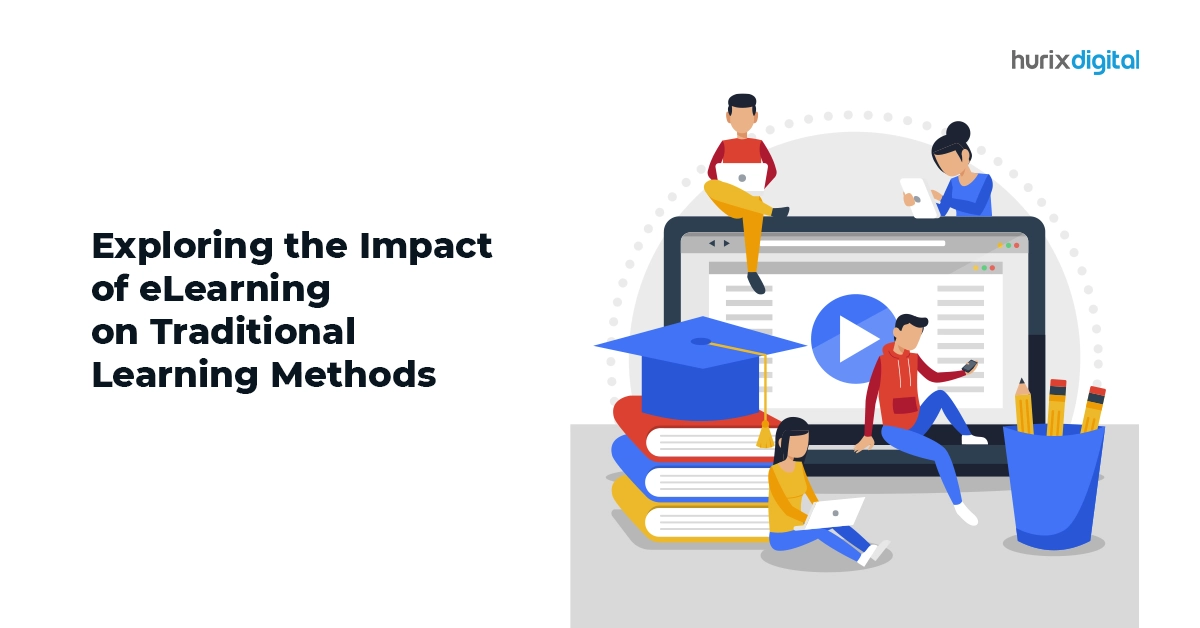‘Digital native’ is a term that refers to the people born during the digital era. Their level of comfort and familiarity with all things digital has redefined the field of education, prompting educational institutions to change the way they teach, digitalize their courses, and equip students with the skills and knowledge that are essential for the 21st century. Here’s more on how can eTextbooks help k-12 publishers, institutes & students. However, designing and implementing eLearning solutions is easier said than done.
Here is a brief guide on the best eLearning solutions for digital natives:
Blended Learning: Rather than jumping from print to online medium, a better option is to take the blended learning approach to your eLearning solutions. As the name suggests, blended learning is a technique that incorporates both traditional classroom learning and online learning, though not necessarily in equal measure.
As a general rule, the teacher introduces a lesson in the classroom and then uses online resources to make it more engaging, entertaining, interesting and contextual.
For example, while teaching about pyramids in Egypt, the teacher can use a VR-enabled device to virtually transport the students to the pyramids, demonstrate their massive size and architecture and bring alive an integral part of history of the Egyptian civilization. A ‘live’ demo aids understanding and evokes interest, which makes the lesson more palatable and relevant. Here’s more on how to create blended learning content and how to deliver blended learning courses effectively.
Micro-learning: The digital native is spoilt for choice when it comes to information – in fact, they are constantly bombarded with information on websites, social media, chat messengers, etc. One side-effect of this information overload is the limited attention span of the millennials – they want their information in condensed form and as concisely as possible – deviate from the topic or delve too deep, they are likely to lose interest and move on to something else that catches their fancy.
Keeping their short attention span in mind, it is best to design eLearning solutions in the form of micro-nuggets or small bites, which they can easily consume and assimilate. A micro-nugget is content in the form of audio/video with or without bullet text, and about 3 to 5 minutes long. Within this timeframe, it delivers all relevant information on a particular subject.
The micro-bite is complete in itself but is not overloaded with information. Micro-learning is an integral element of any eLearning solution and is a great way to sum up a lesson and encapsulate the main points for retention and recall. Know more about Microlearning design techniques and does microlearning lead to training success.
Mobile-friendly Learning: Digital natives consume their information on the mobile while on the move or in the comfort of their own space. While designing eLearning solutions, it is important to ensure that the content is accessible on all device types, be it a computer, laptop, desktop, or mobile.
Also, microlearning content is best consumed on the mobile. Students can access the content in between lessons, during break times or while commuting to and fro from school or college. Here are 8 reasons to transform your learning content to mobile learning nuggets.
Custom Content: eLearning solutions give you the option to customize your content to suit your learners’ needs. You can identify knowledge gaps and create missing modules. Students can revisit the concepts they are having difficulty with and be on the same level with the rest of the students in the class. One of the drawbacks of traditional classroom teaching is that instructors do not have enough time to give individual attention to all students.
Students pay attention in class only when they are able to follow a lesson and can move to the next level only if they are familiar with the previous one. By creating custom eLearning solutions, educators can provide a means for students to take control of their own learning. Know more about the best eLearning course to fit custom requirements.
Gamification: Gamified eLearning solutions are a great way to motivate students towards self-learning. Gamification is different from online games, as these incorporate some end-learning goals. However, they are similar to the games that students are hooked upon, in terms of levels, challenges and rewards.
In terms of games in the eLearning solutions context, each level is about achieving a set learning goal which the students have to achieve before they can move on to the next level of the lesson. There are several advantages of using gamification in eLearning solutions. First, you are using a medium the students are already familiar with. Second, you can pass the control of learning to the students, who have to learn through games.
Third, since you can’t progress to the next level without completing the previous, you can ensure there are no breaks or gaps in the students’ learning journey. And finally, students can learn at their own pace, anytime and anywhere and are not dependent on or limited to the instructor, classroom and peers for their knowledge.
Leverage Online Resources: The online media is a rich repository of information. You can link your eLearning solutions to external resources, which students can access to find more information. They can research on their own and expand their horizons rather than be restricted to the information provided by the instructor and textbooks.
Besides, social media links and links to external communities can open up conversations with a larger community, making the subject more interesting and relevant. Students thus learn to research, debate, analyze, collaborate, and think out of the box – skills that are very relevant in today’s context.
In Conclusion
eLearning solutions for digital natives are a great way to unfetter learning from the four walls of a classroom. These eLearning solutions provide students greater control over their learning; leverage a vast repository of knowledge and information provided by the online media; and develop in students the skills that will hold them in good stead in today’s digital ecosystem.
So do some market research and choose an eLearning development company that is well-versed in creating innovative eLearning solutions for digital natives.
Related:











